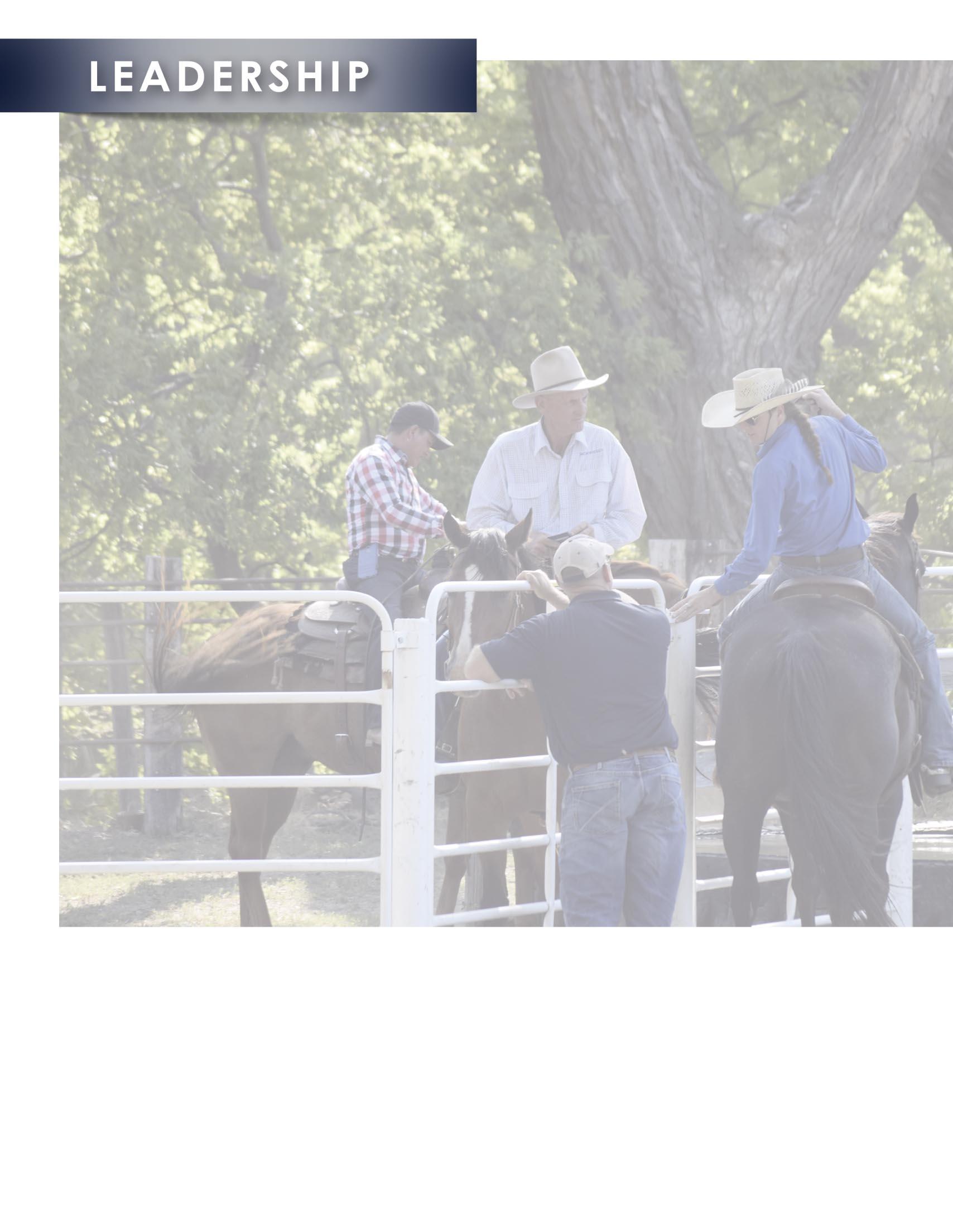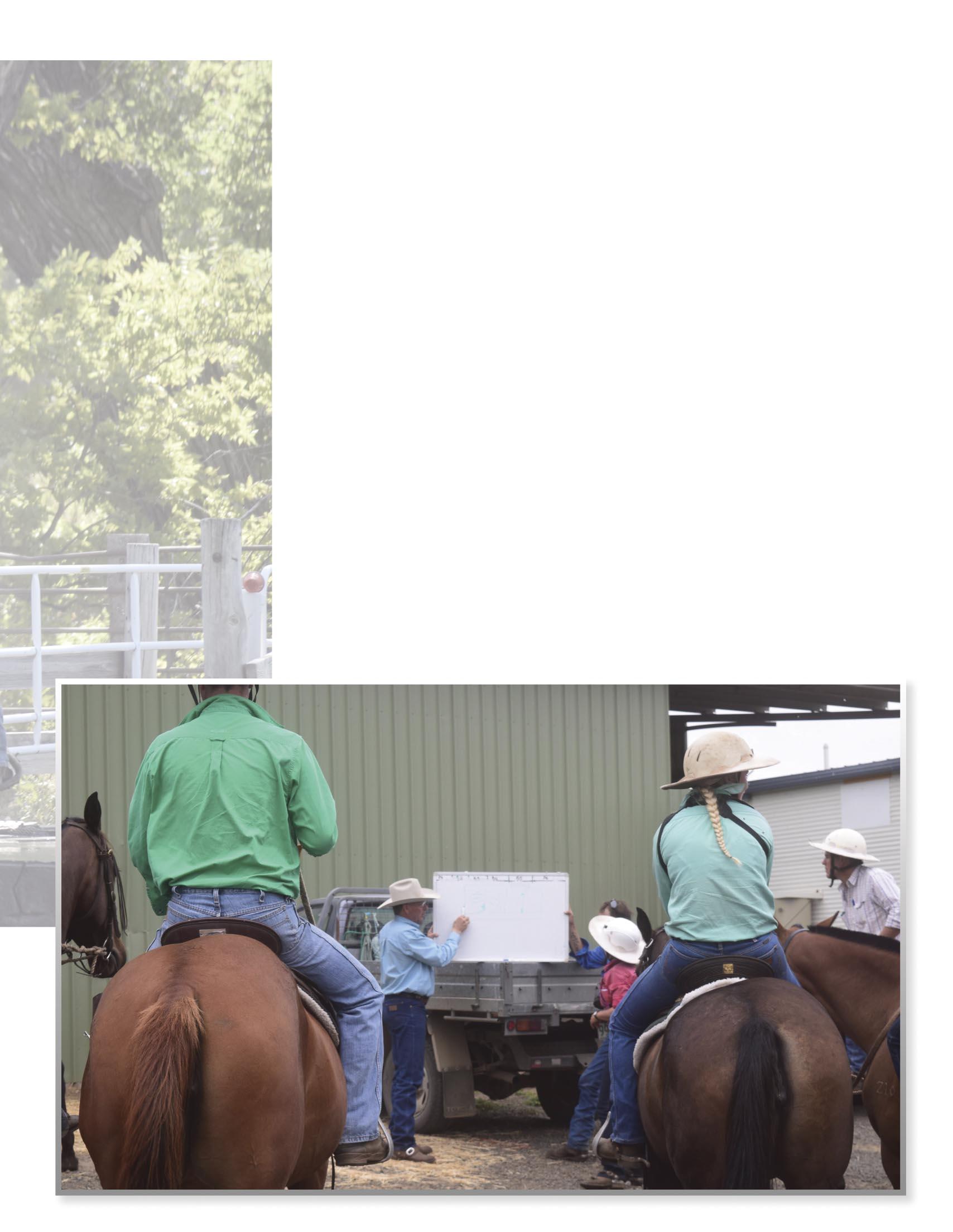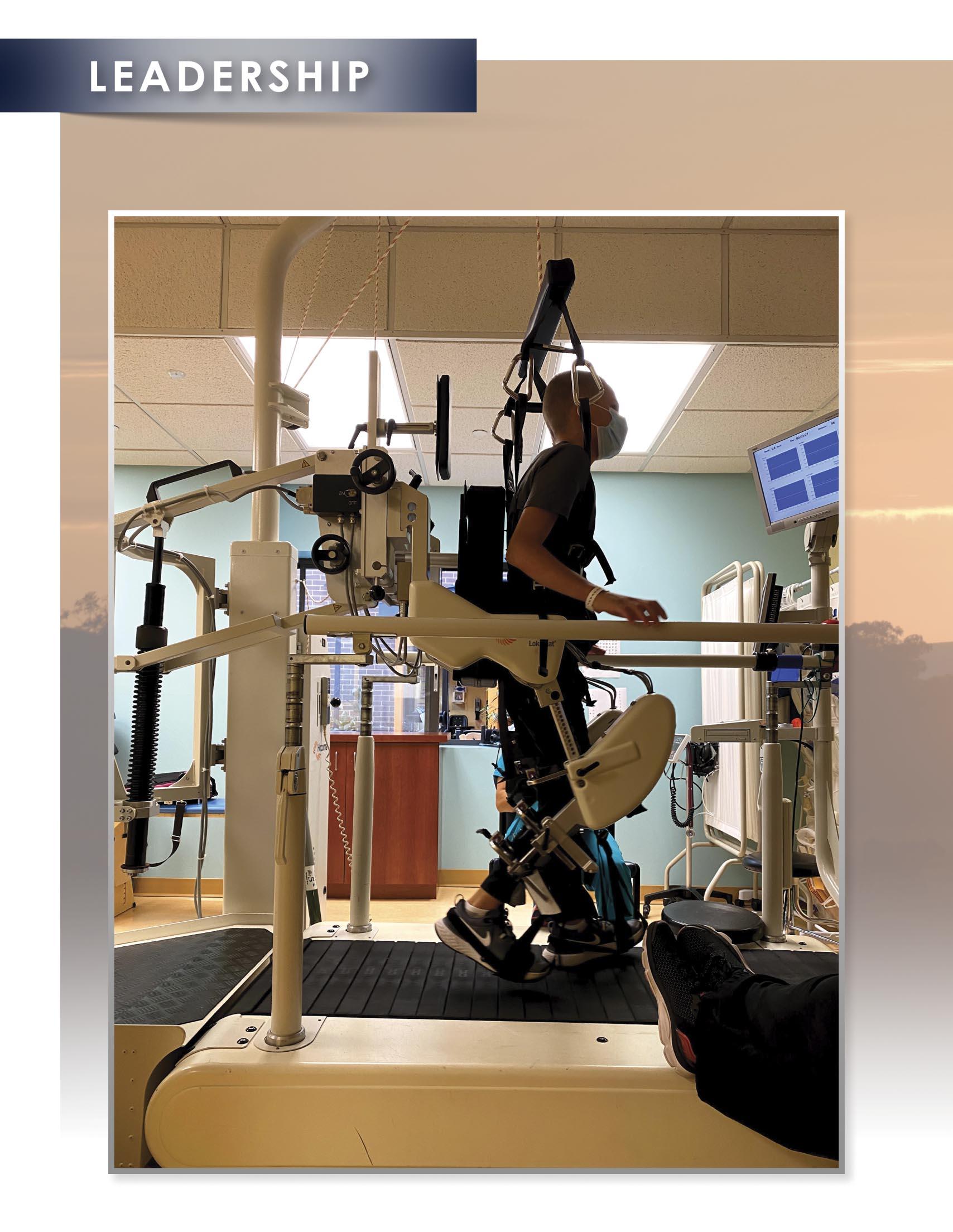
3 minute read
Why Is More Important Than What
By Quint Finney, Midwest PMS
As anyone who has spent significant time in a feedyard knows, a manager’s day is usually a whirlwind of ac tivity. The list of responsibilities can be lengthy. Providing the best possible care for the cattle is at the top of most managers’ priority lists but is just the beginning. Add administrative duties, customer relations, attending to com pliance issues, dealing with packer buyers, procurement, and more, and the day can quickly turn to night.

One item on the long list of managerial responsibilities is dealing with employees. Depending on one’s viewpoint and approach, employee relationships can be either stressful or rewarding. They can be stressful from the standpoint of being short-handed, lack of motivation and loyalty, or experience level. But employee relations can also be one of the most rewarding aspects of the manager’s job given he or she has the right perspective.
It is becoming widely agreed upon in our industry that focus on employees is key to feedyard success. As competition for employees becomes more intense, we have to create cultures that attract the best people and empower them to be their best so they can be retained. After all, since production employees are the ones ultimately responsible for carrying out the tasks that enable us to properly care for the cattle, it just makes good business sense for them to be fully engaged.
As managers, we tend to focus on efficiency. Efficiency and profitability are directly related. But what about effectiveness? Peter Drucker once said, “Efficiency is doing things right; effectiveness is doing the right things.” This is where employee focus comes in. Most often, the members of the team know WHAT the tasks are (doing the right things). But do they know the WHY? Do they fully understand that there is a reason behind doing things a certain way or at a certain time (doing things right)? Do they really understand the impact on cattle performance, financial results, and food production of doing things the right way every time? There are organizations within the industry that have a culture in place where team members do know the why. Unfortunately, there are many that do not.
Understanding the WHY is crucial in getting employees to give their best efforts. A recent Gallup article reports that up to 70% of the American workforce are not showing up to work committed to delivering their best performance. This has serious implications for individual companies and the U.S. economy as a whole. The old adage of “20% of the people do 90% of the work” may not be far off. It is critical that managers devote the time and effort to communicate the WHY to all employees, whether new hires or long-time team members.
One of the most persistent operational challenges faced by managers is that of staffing. Hiring the “right” person, developing that person, retaining that person. So, how do we address these issues and how do they relate to effectiveness and efficiency?
First, hiring the right person is a challenge in and of itself. But how often do we hire the first person who owns a horse and saddle to ride pens because we have been shorthanded for an extended period? Or hire someone with a driver’s license to run a feed truck for the same reason? Experience tells me this happens often. Then, we give them the “crash course” in whatever we have hired them for and often end up being disappointed in their performance or because they leave. When we buy cattle, we look for the potential in those cattle before we invest. The challenge is to do the same when hiring employees.
Next, we focus on ensuring the individual is successful. One way to help accomplish this is to ensure they understand WHY we do what we do. This helps instill a sense of purpose and lends to establishing a culture where ownership mentality is a cornerstone. Everyone needs a paycheck, that’s a given, but the paycheck does not have to be the primary motivator that brings people to work and drives them to deliver their best performance.
Developing people to a higher level of performance and focusing on their success not only gives an organization an advantage over the competition, it is the right thing to do. Simply put, people are the only true competitive advantage an organization has. Not only will this process help make a manager’s life more manageable, it will increase the odds of bringing effectiveness and efficiency together. At the end of the day, that is the ultimate goal.
Chuckles from Down Under
The hospital regulations required a wheelchair for patients being discharged.
A young student nurse found a gentleman already dressed and sitting on the bed with a suitcase at his feet who insisted he didn’t need her help to leave the hospital.
After a chat about rules being rules, he reluctantly let her wheel him to the elevator.
On the way down, she asked him if his wife was meeting him.
“I don’t know,” he said. “She’s still upstairs in the bathroom changing out of her hospital gown.”












